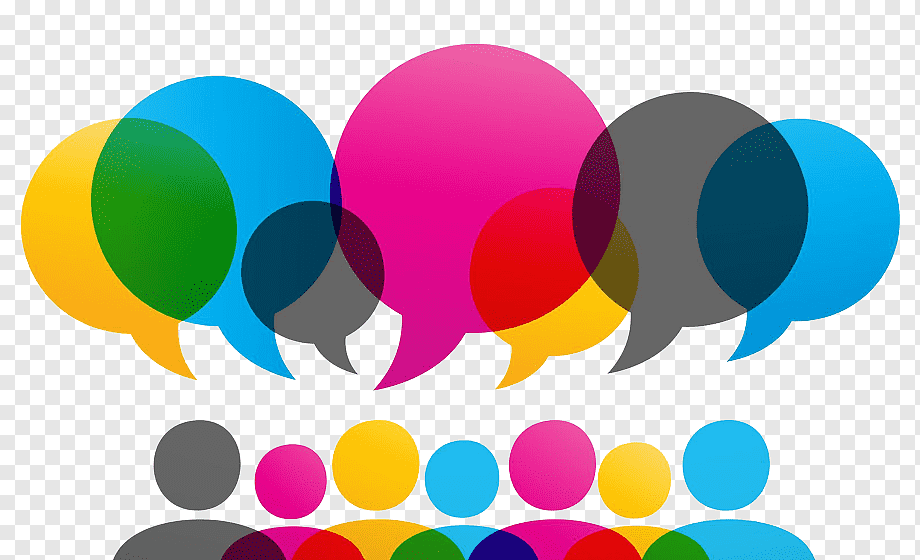Yeh Dil Maange More! Swalpa Adjust Madi! – Why We Mix Two Languages

People mix two languages through code switching. Some words give better effect or impact and are taken from a different language.
If you are in Bangalore, you cannot miss out on the ‘adjust’ bit. And the phrase from Pepsi is still used. What’s so special about it! The use of two languages in one sentence.
When a country has a large population of people who speak two or more languages, the two languages tend to merge. In India, the global language English is used across, even officially and the very same people are fluent in the local language.
Some things can only be explained or explained best in one of the languages a person has learned because each language has its distinctive features and characteristics. Some words, on the other hand, can only be found in a single language and must, as a result, be translated into another language. As a result, people begin to combine their languages.
When a person is fluent in more than one language, one of those languages may be particularly well-developed. When people are compelled to communicate in a single language, such as at school, they lose their ability to fully express themselves and become anxious. People may form the phrase in their heads in another language, which they are more comfortable with, but when they have to say it in another language, they tend to mix both languages. People may also misinterpret the phrase or word in question.

Code-Switching
When someone switches between two languages while speaking, that is code-switching. It’s possible to think of every language as having its unique code. Code-switching can be a very natural and intuitive part of the conversation, depending on what is being discussed.
To achieve this, it is necessary to have a working knowledge of two or more codes. Languages and each of their variations are all separate codes.
Mesthrie, Swann, Deumart & Leap (2000) define code-switching as the “switching back and forth of languages or varieties of the same language, sometimes within the same utterance.”
For some people who are fluent in more than one language, it’s more convenient to start thinking in one language and then switch to the other when confronted with new or previously unknown concepts. Neural, cognitive, social, and probabilistic interactions all play a role in this phenomenon.
It is important to consider cognition (the entire process of thinking) and the probability of neurons communicating with each other when people mix two languages.
Why?
The neural circuitry that governs a person’s first language is likely to be very strong and extensive across. Let’s call it Network A. A human’s second language is likely to form a circuitry that is only tangentially related to Network A because languages build on one another. We’ll refer to it as Network B.
Both networks have their distinct characteristics, as well as similarities. It’s possible to use the same word in a variety of ways. The meanings of some of these words vary greatly in implication. Each variation brings with it a unique set of details that are integral to many different aspects of our lives with local implications.
So different languages have different ways of expressing the same concept. It’s critical to grasp this concept because it serves as the foundation for people who code-switch or mix languages. It also explains why some people prefer to express themselves in the language they are most comfortable with or is relevant.

If you are an Indian from a city like Bangalore – you’ll know that many of us have used the word Swalpa Adjust Maadi with a very particular nuance. ‘Adjust’ captures the essence of the line well enough.
All of this serves to emphasise the interconnectedness of concepts, ideas, experiences, and words in the brain. The same concept can be expressed in different ways in different languages.
In addition to their purely linguistic meaning, words have a biological and a cognitive component as well. Both components are interconnected through their networks, which can overlap from one word to the next. Because of this, we have a solid foundation for our current understanding of code-switching.
Since some words are better members of a particular language, and because some words, form easy bridges to cross over between languages, multilingual people often mix two languages at the same time.
The Process
Each network may be distinct enough for the brain to begin speech and comprehension now that A and B are associated but formed differently.
Internalization is the most important aspect. Bilinguals, especially those who were exposed to two or more languages as children, have a strong interconnection between networks A and B. So strong that the neurons’ automatic activation for speech and other language functions is easy.
When learning a new language later in life, one can see this in action. When learning a new language, one has to spend a lot of time deciding which word to use. Even so, fluency in that language is extremely rare unless one makes a lot of effort.
Our first language comes naturally to the majority of us. It is common for many bilinguals to speak both languages fluently. That is because it is internalised and comes easily. When it comes to thinking, most people use the language that has been ingrained in their minds. When a child learns something new, his or her brain undergoes structural changes that allow him or her to adapt to the new information. This means that words have language membership, which means that a concept with its representative word is part of a network of languages. Depending on the context of a word, a concept, or an experience, this membership can become non-exclusive.
That’ toh’ I know!
Reference
https://www.unitedlanguagegroup.com/blog/linguistic-code-switching
https://cognitiontoday.com/code-switching-why-people-mix-2-languages-together-while-speaking/



